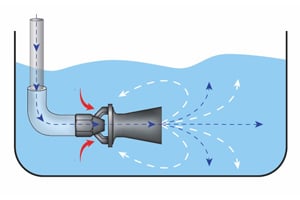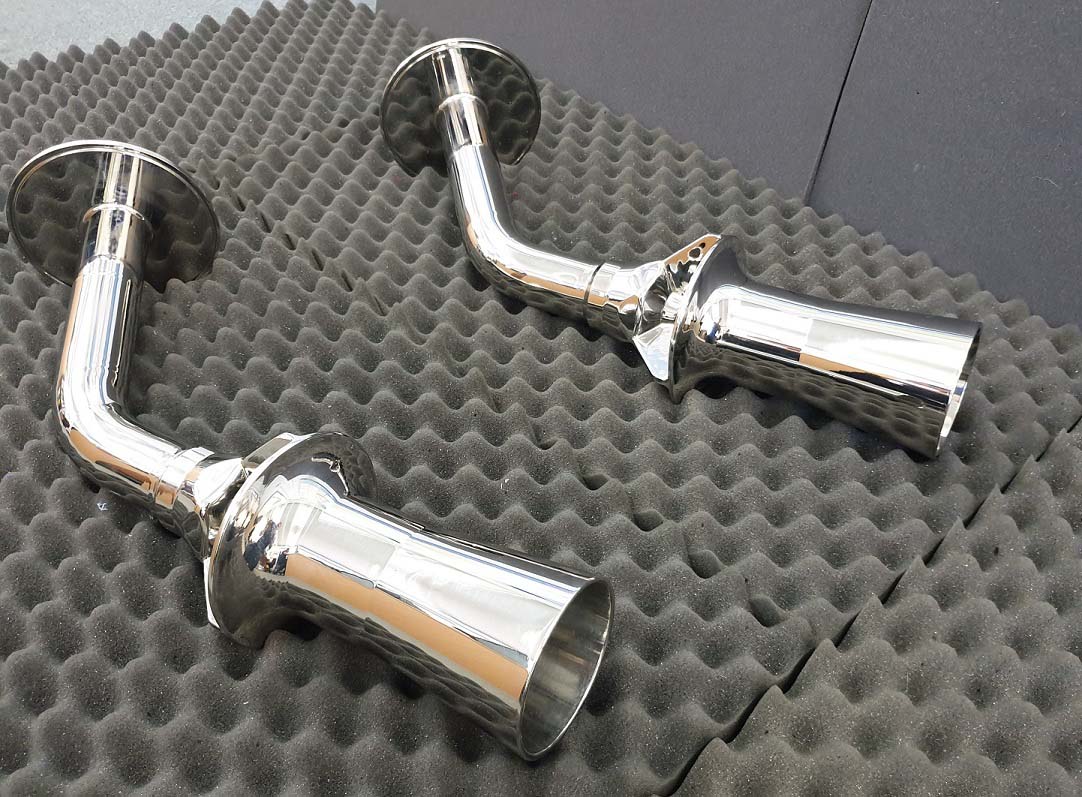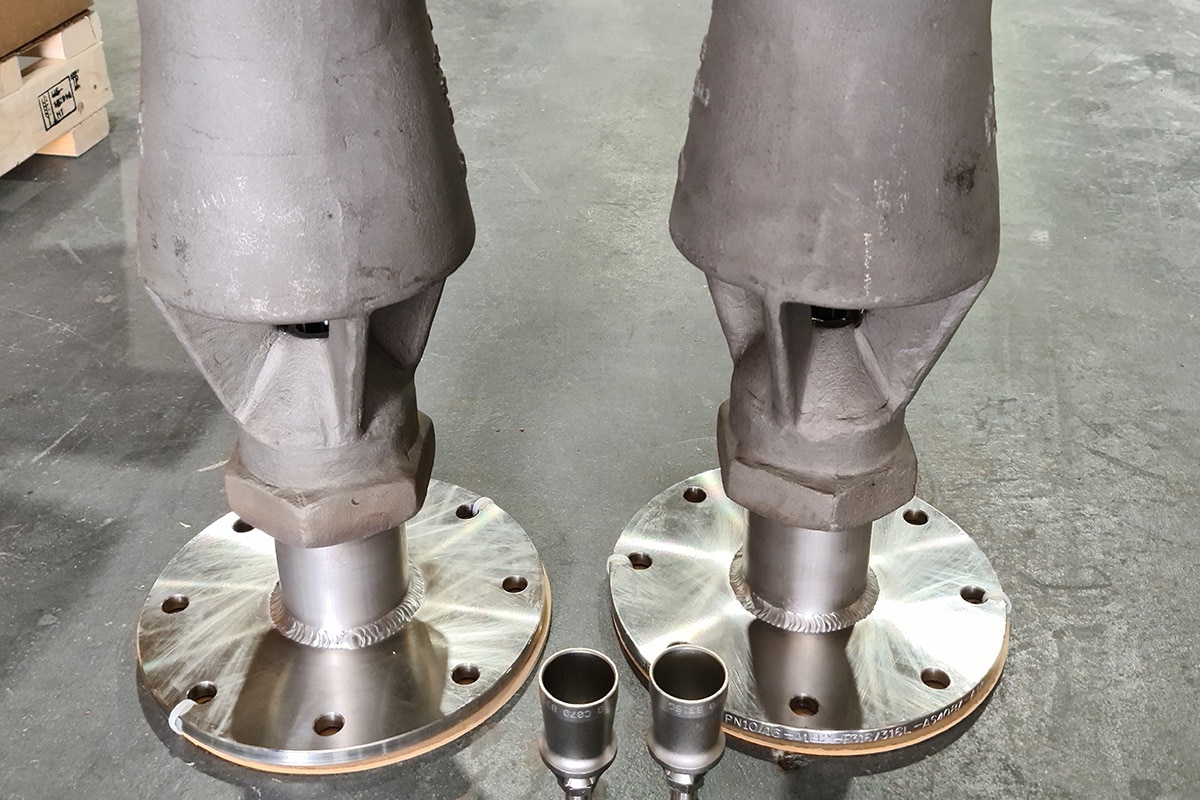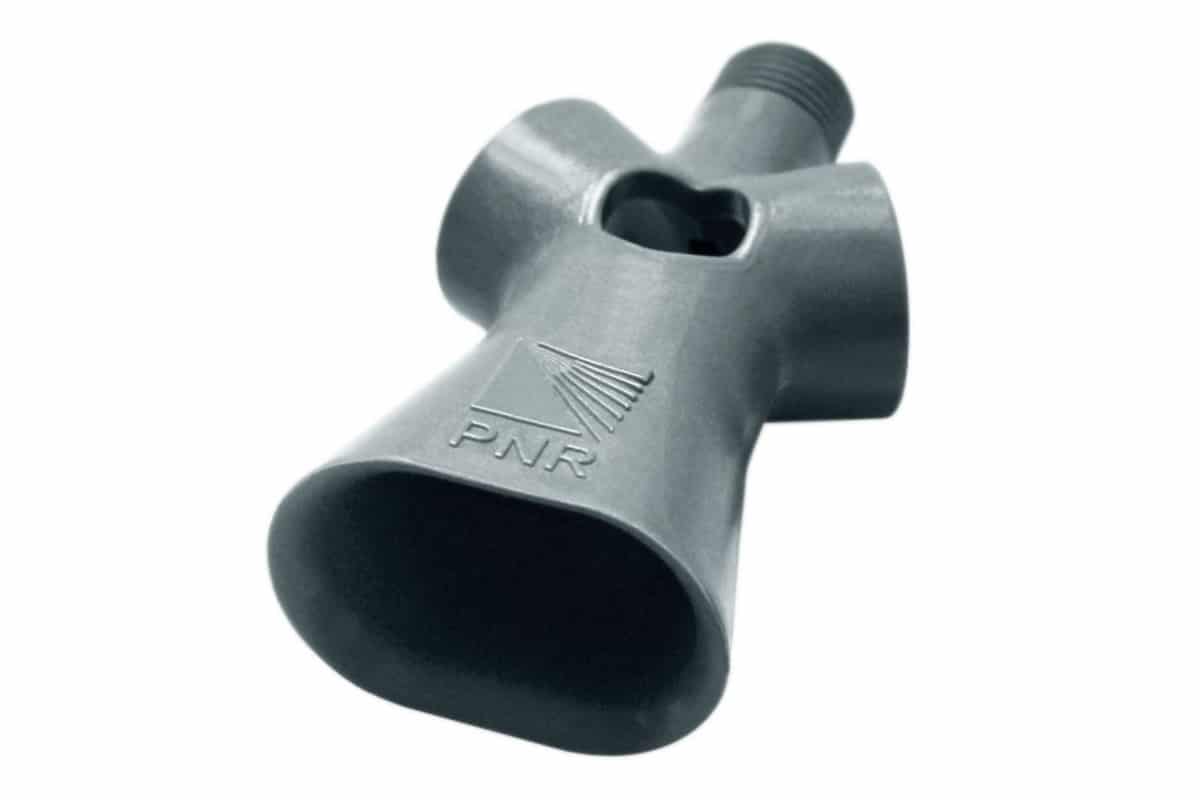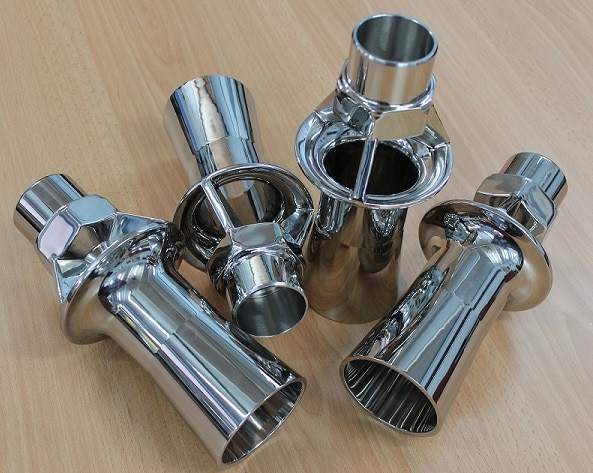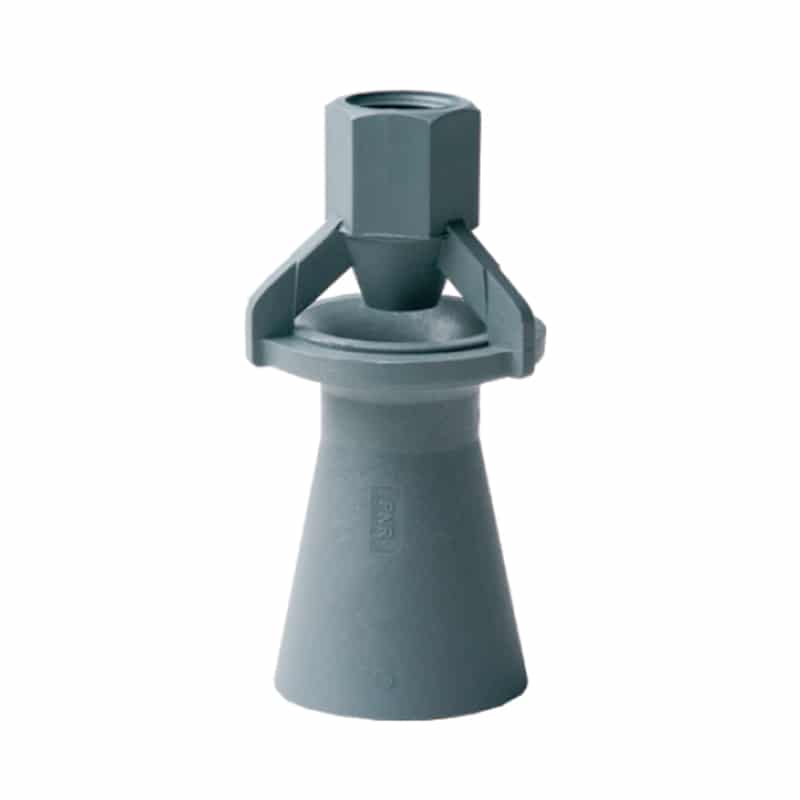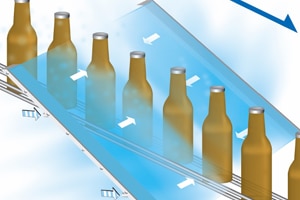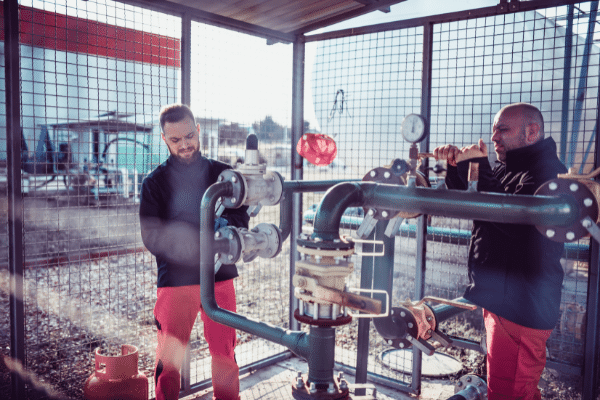Mixing / Agitation
Mixing and agitation are industrial processes involving the combination of two or more substances to achieve a uniform composition. These processes are used across various industries, including chemicals, pharmaceuticals, food and beverage, cosmetics, and more. Mixing involves blending components to form a homogeneous mix, while agitation refers to the physical movement or stirring of a liquid to enhance the process.
1. Purpose of Mixing and Agitation:
- Homogeneity:
- The primary goal of mixing is to achieve homogeneity, ensuring that all components are evenly distributed in the final product. This is crucial for consistent quality and performance.
- Reaction Facilitation:
- These processes are often employed to facilitate chemical reactions by bringing reactants into contact with each other, promoting reaction kinetics.
- Dissolution:
- Agitation is commonly used to enhance the dissolution of solids in liquids, ensuring that the solute is evenly dispersed.
- Heat Transfer:
- Agitation contributes to heat transfer in processes involving temperature-sensitive reactions or the dissolution of solids.
- Suspension:
- Agitation prevents the settling of particles in suspensions, maintaining a uniform distribution.
2. Types of Mixing and Agitation:
- Batch Mixing:
- In batch, a specific quantity of materials is combined in a single vessel. This is common in laboratory settings and small-scale production.
- Continuous Mixing:
- Continuous involves a constant flow of materials through the mixing system, allowing for a continuous production process.
- Mechanical Agitation:
- Mechanical agitation involves the use of impellers, blades, or other mechanical devices to physically move and mix the contents of a vessel.
- Jet Mixing:
- Ultrasonic Mixing:
- Ultrasonic involves the use of ultrasonic waves to create high-frequency pressure waves, inducing mixing in liquids.
- Magnetic Stirring:
- Magnetic stirring utilizes a magnetic stir bar or bead that is rotated by a magnetic field generated by an external magnetic stirrer.
- Fluidized Bed:
- In a fluidized bed, particles are suspended and mixed in an upward-flowing fluid, creating a dynamic and uniform mixture.
3. Equipment:
- Agitators:
- Agitators are devices used to stir or mix liquids in vessels. They can have various configurations, including paddle agitators, propeller agitators, and turbine agitators.
- Mixers:
- Mixers come in different types, such as paddle mixers, ribbon mixers, and planetary mixers, depending on the specific requirements of the process.
- Eductors:
- Eductors are specialized venturi mixers designed for cycling of liquid to create homogonous solutions and keep solids in suspension.
- Homogenizers:
- Homogenizers are used to achieve uniform particle size and distribution in liquids or liquid-solid mixtures. High-pressure homogenizers are common in this category.
4. Considerations:
- Viscosity:
- The viscosity of the materials being mixed affects the choice of mixing equipment and the required level of agitation.
- Shear Sensitivity:
- Some materials are sensitive to shear forces, and care must be taken to choose mixing methods that do not degrade the quality of the product.
- Scale of Production:
- The scale of production influences the choice between batch and continuous mixing, as well as the size and type of equipment.
- Temperature Control:
- For processes involving heat-sensitive materials, temperature control is crucial. Agitation can aid in heat transfer, but excessive agitation may generate excess heat.
- Chemical Compatibility:
- The materials of construction for mixing and agitation equipment must be compatible with the substances being processed to avoid contamination.
- Process Time:
- The required mixing or agitation time depends on factors such as the type of materials, desired homogeneity, and the specific process requirements.
5. Applications:
- Chemical Industry:
- Critical for chemical reactions, polymerization processes, and the production of various chemical products.
- Pharmaceuticals:
- Used in pharmaceutical manufacturing for blending powders, preparing solutions, and formulating pharmaceutical products.
- Food and Beverage:
- Mixing and agitation are fundamental in food and beverage processing for tasks such as blending ingredients, emulsification, and homogenization.
- Cosmetics:
- The cosmetics industry relies on mixing for the formulation of creams, lotions, and other cosmetic products.
- Water Treatment:
- Mixing is used in water treatment processes for the distribution of chemicals, coagulation, and flocculation.
Mixing and agitation are integral processes in various industries, contributing to the production of high-quality products, efficient chemical reactions, and consistent formulations. The selection depends on the specific requirements of the application, and proper equipment design and operation are essential for achieving the desired results.
Founded in 1982, Tecpro Australia has developed an enviable reputation for providing reliable and cost-effective technical solutions for a vast range of industrial applications.
* Spray Nozzles
* CIP Tank Cleaning
* Valves, Filters & Accessories
* Design, Fabrication & Consulting
Our customers benefit from the following:
• Access to a broad range of quality solutions and technical advice
• Local sales support and customer service with a focus on integrity and honesty
• Over 30 years’ experience of providing expertise and solutions
• Quality European manufactured products.

